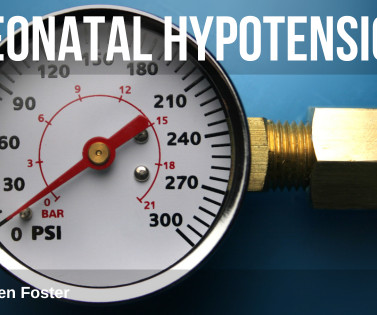Bradycardia Basics
EM Guide Wire
SEPTEMBER 9, 2020
Dosing formula on MedCalc using serum level & amount ingested (mg ingested x 0.8 x 2) Pacing: Transcutaneous Pacing: [link] – Peds example, smoooooth voice [link] – adult example [link] – how to set up the box Transvenous Pacing: [link] – Set up [link] – Procedure [link] – trouble shooting























Let's personalize your content